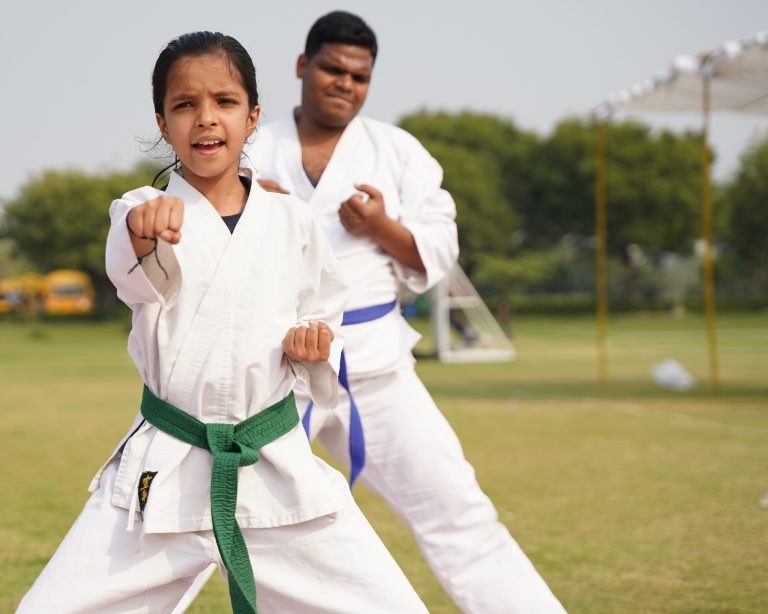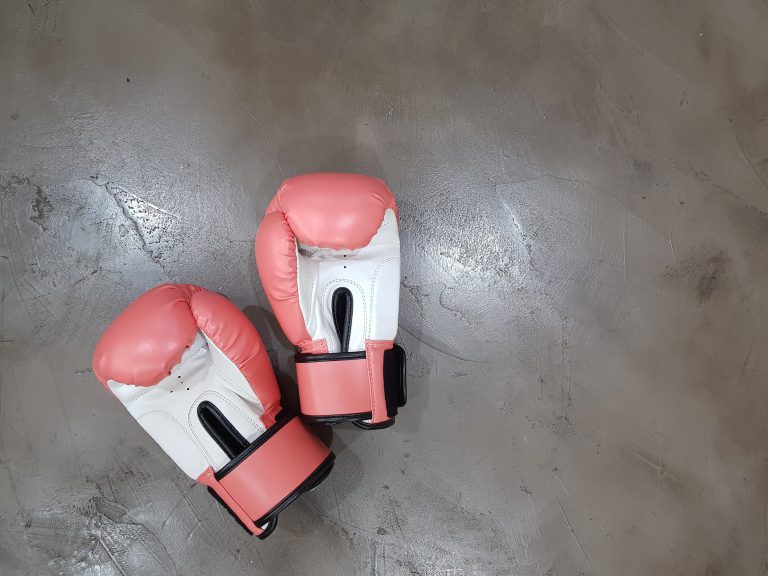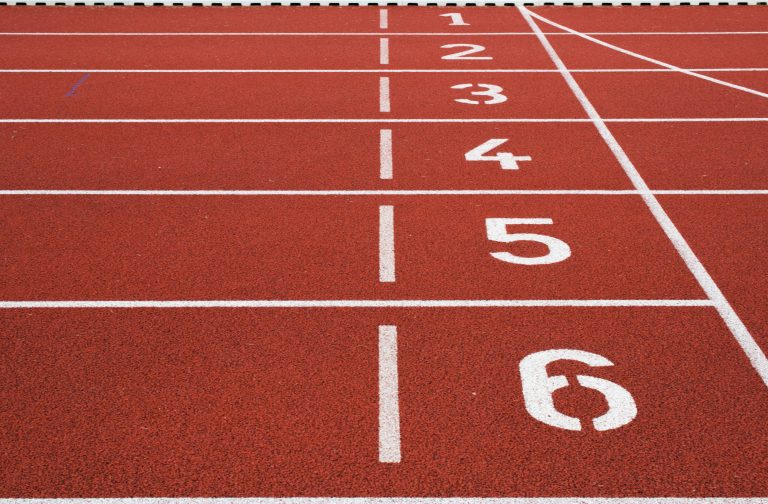Karate: Is Kata or Kumite More Important For Improved Performance?
Karate is a centuries-old martial art that has seen a resurgence in popularity in recent years, thanks in part to the growing interest in mixed martial arts (MMA) and self-defense training. But while karate is practiced both as a competitive sport and a traditional martial art, how do you know which parts of that practice are necessary for optimal performance and success in tournaments? In particular, when it comes to karate, is kata or kumite more important for improved performance?
To answer this question, we should first review the basics of what kata and kumite are. Kata is the term for prearranged simulated combat forms, or imaginary fights against invisible opponents. During kata practice, students go through a series of moves to perfect their technique and hone their fighting strategy. Kumite, on the other hand, is the term for sparring or actual combat against an opponent. It allows practitioners to test their skills in real-time and apply the techniques they have learned from kata.
Now that we have established what kata and kumite are, it is important to consider which aspect of karate training is most beneficial for improved performance. The answer generally lies on the individual’s motivations and desired outcomes when training. Let’s take a closer look at both elements of karate training and the benefits they provide.
The Benefits of Kata
Kata can be beneficial as it serves as a good foundation for learning and improving one’s martial arts skills. It focuses on the technical aspect of practice and provides an opportunity to practice movement drills, stances, footwork and breathing to enhance martial arts abilities.
Kata practice helps students develop physical strength, flexibility, coordination and agility, as well as mental alertness and focus. It also helps cultivate discipline, etiquette and patience, which are all important qualities to have in martial arts. Through repetition of kata movements, students can perfect their techniques and learn to apply them with speed, power and accuracy.
The Benefits of Kumite
Kumite offers a unique set of benefits for martial arts students. It is a great way to practice self-defense tactics in a controlled environment against an opponent. It also allows students to assess their abilities and test the skills they have learned in kata practice. The level of challenge increases with sparring as students learn how to anticipate their opponent’s attack and respond accordingly.
Additionally, sparring or kumite helps to develop physical strength, endurance and agility while also honing reflexes and reaction speed. It is an important tool in boosting confidence and motivation as it allows practitioners to push themselves while learning how to stay safe. Kumite also helps to improve decision-making ability by forcing students to make spontaneous decisions during a fight or match.
In Summary
Ultimately, both kata and kumite are essential for successful martial arts performance. While kata benefits beginners by providing the foundation for the more advanced techniques later on in practice, kumite allows more advanced students to apply their techniques in real-time against a partner or opponent. As such, the answer to our question of which element of training is more important for optimal performance depends on the individual’s goals.
For example, if someone is looking to improve their technique for competing in tournaments or for self-defense purposes, he or she may prefer to focus more on perfecting kata and less on sparring. However, if someone is aiming to develop the ability to use these techniques against opponents in a tournament setting or real-life circumstance, he or she may opt to focus more on sparring than on kata.
Regardless of individual goals though, most karate experts agree that both elements of training are essential for long-term mastery and improved performance in tournaments or other competitive settings. By dedicating time and energy to practicing both kata and kumite regularly, practitioners can use each element to build on the other in order to successfully hone their skills and reach their goals.
The Great Karate Debate: Which is More Important – Kata or Kumite for Improved Performance?
Karate is a martial art that involves movements, strikes, and blows. It is a highly disciplined form of martial art, as it involves rigorous training and practice. Karate is not just about learning how to throw punches and kicks, it is about mastering different techniques that are used in real-life scenarios.
When it comes to improving performance in karate, there are two highly debated topics – kata and kumite. Some believe that kata is the key to better performance, while others feel that it is kumite that is the most important. In this blog post, we will look at these two aspects of karate and try to answer some of the most frequently asked questions about them.
What is Kata in Karate?
Kata is a Japanese word that means „form“ or „shape“. It is a set sequence of movements that are practiced repeatedly. These movements are designed to simulate a defense against imaginary attackers. Each kata has its own unique set of movements, which can vary depending on the school or style of karate being practiced.
In karate, there are various kata that are practiced to improve performance. The movements of the kata range from basic to complex, and each one has its own purpose. Some of the benefits of practicing kata include:
- Improving focus and concentration
- Enhancing coordination and balance
- Developing muscle memory
- Strengthening the body
- Improving self-discipline and self-control
What is Kumite in Karate?
Kumite is the sparring aspect of karate. It involves two people engaging in a controlled fight, with the aim of scoring points on their opponent. Kumite is practiced to improve reflexes, timing, and control over one’s movements.
There are different types of kumite in karate, including:
- Ippon Kumite: A one-step sparring technique, where the attacker and the defender perform a single technique.
- Jiyu Kumite: A free-style sparring technique, where the attacker and the defender can use any technique.
- Kaeshi Kumite: A counter-attacking sparring technique, where the defender tries to counter the attacks of the attacker.
Some of the benefits of practicing kumite include:
- Improving timing and distance
- Developing reflexes and quick reactions
- Building confidence and self-esteem
- Improving physical fitness
- Enhancing problem-solving skills
Which is More Important – Kata or Kumite for Improved Performance in Karate?
This is a highly debated topic, and there isn’t a simple answer to this question. Both kata and kumite are essential in improving performance in karate, and both have their own unique benefits.
For beginners, kata is usually the starting point, as it helps to develop a strong foundation in the basics of karate. It helps to build strength, coordination, and balance, which are essential in performing more complex techniques.
Kumite, on the other hand, is usually practiced by more advanced students, as it requires a level of skill and experience to control one’s movements and respond to the movements of the opponent. It helps to improve timing, reflexes, and quick reactions, which are essential in real-life scenarios.
Ultimately, the key to improving performance in karate is to practice both kata and kumite. One cannot excel in karate by practicing only one aspect of the martial art. Both kata and kumite have their own unique benefits, and incorporating both into one’s training can result in a well-rounded and effective karate practitioner.
Conclusion
Kata and kumite are both essential in improving performance in karate. Kata helps to build a strong foundation, while kumite helps to develop timing, reflexes, and control. Incorporating both into one’s training can result in a well-rounded and effective karate practitioner.
As with any martial art, the key to success in karate is practice and dedication. By consistently practicing kata and kumite, students can improve their performance, build confidence, and develop a strong sense of discipline and self-control.
Inhaltsverzeichnis





